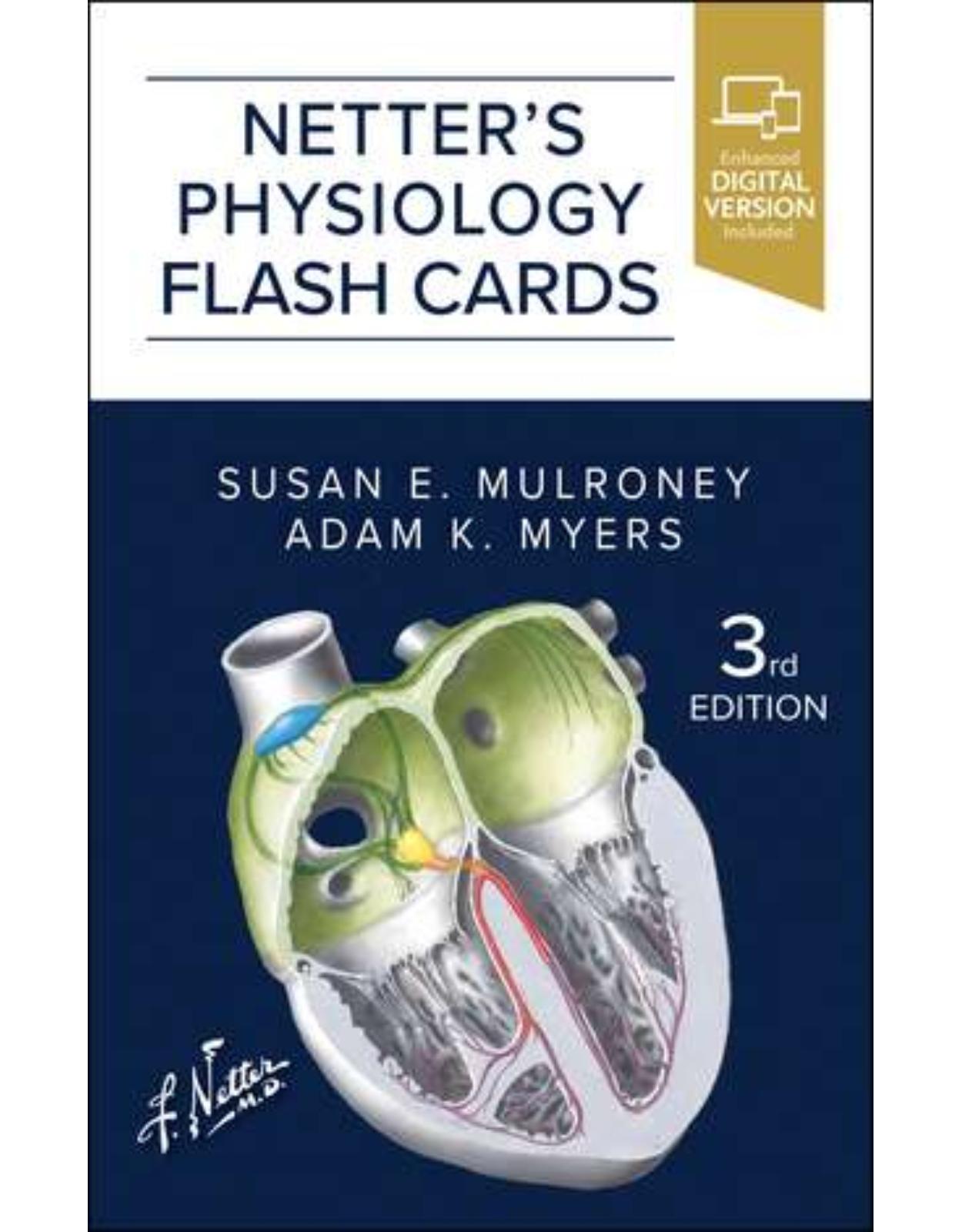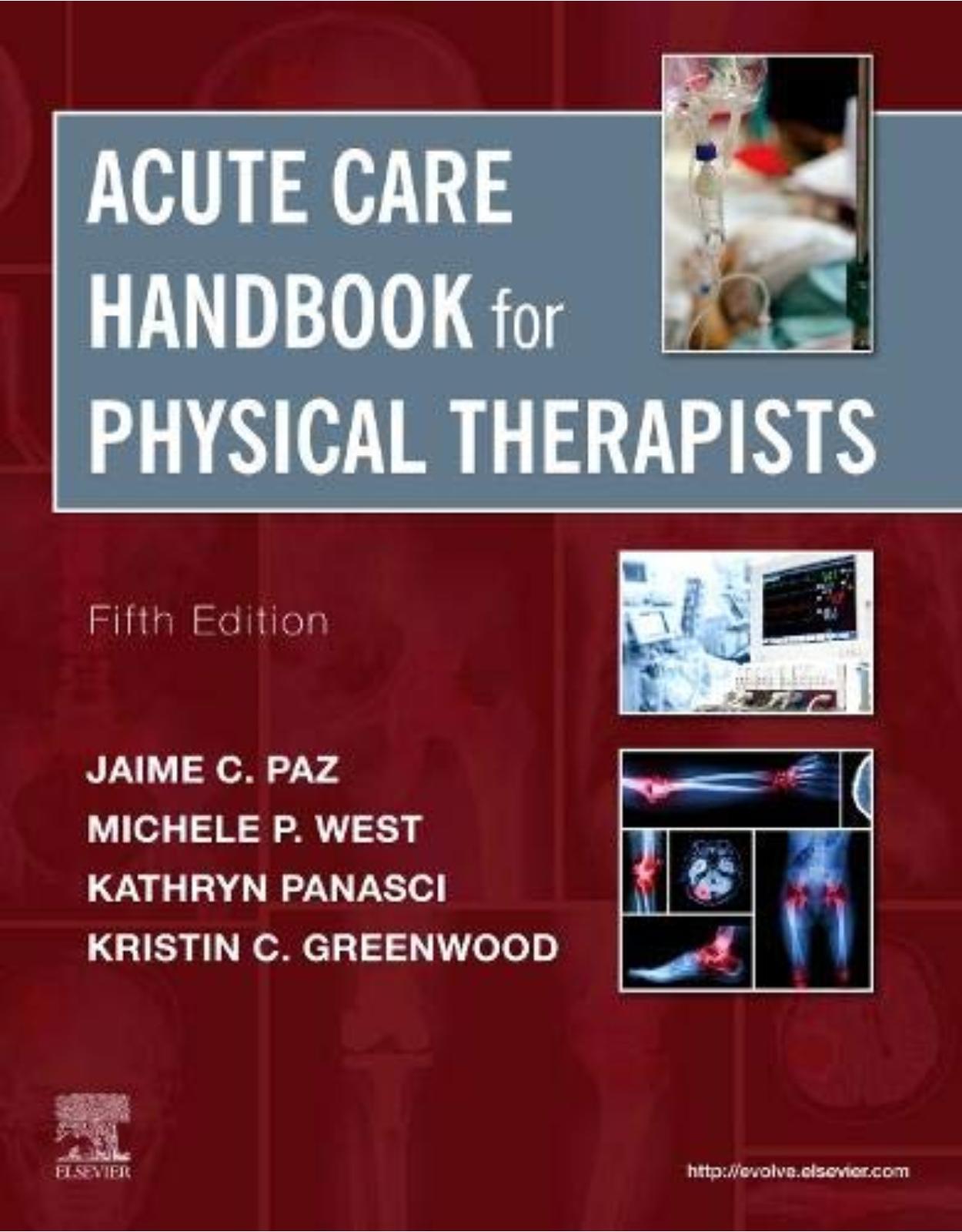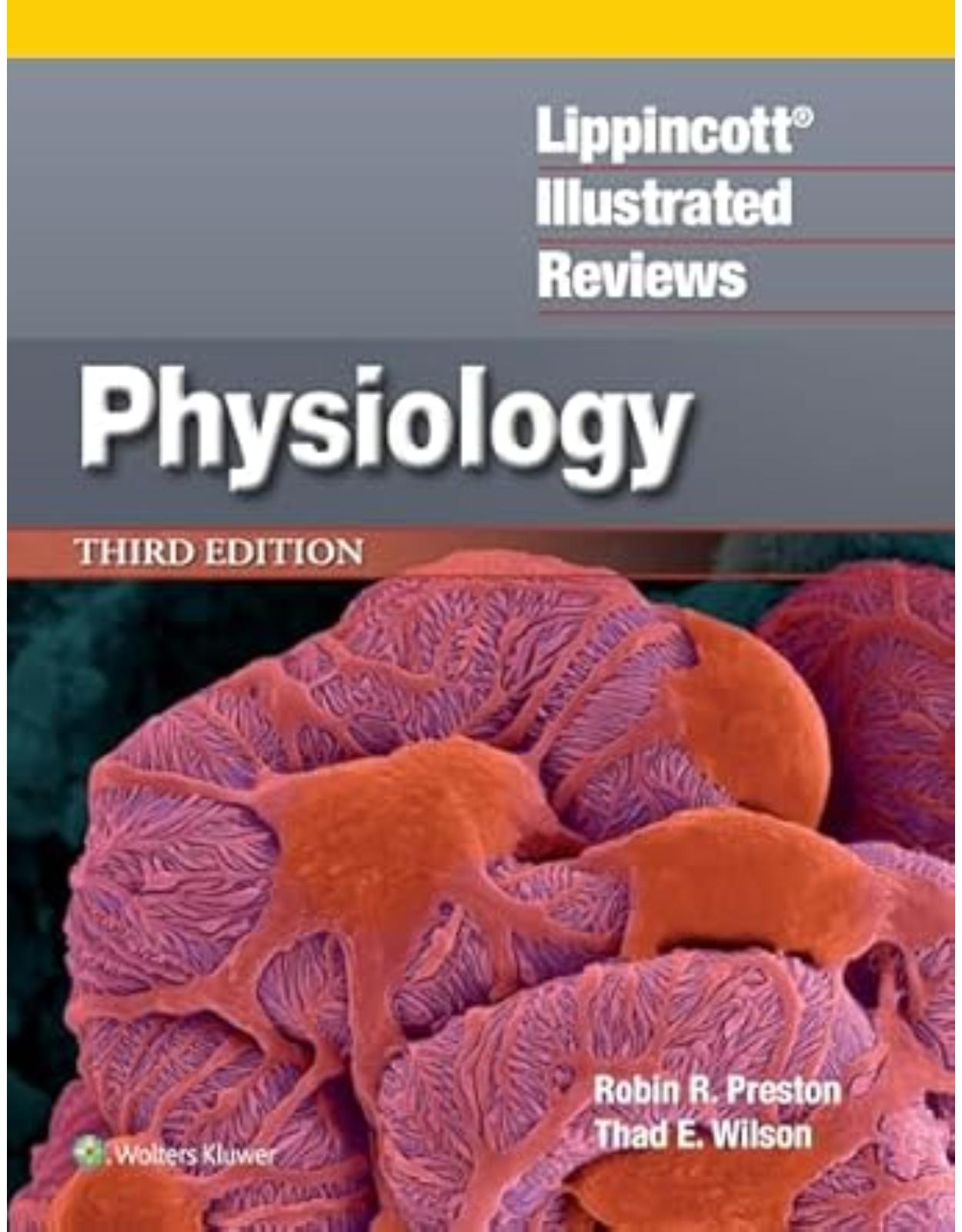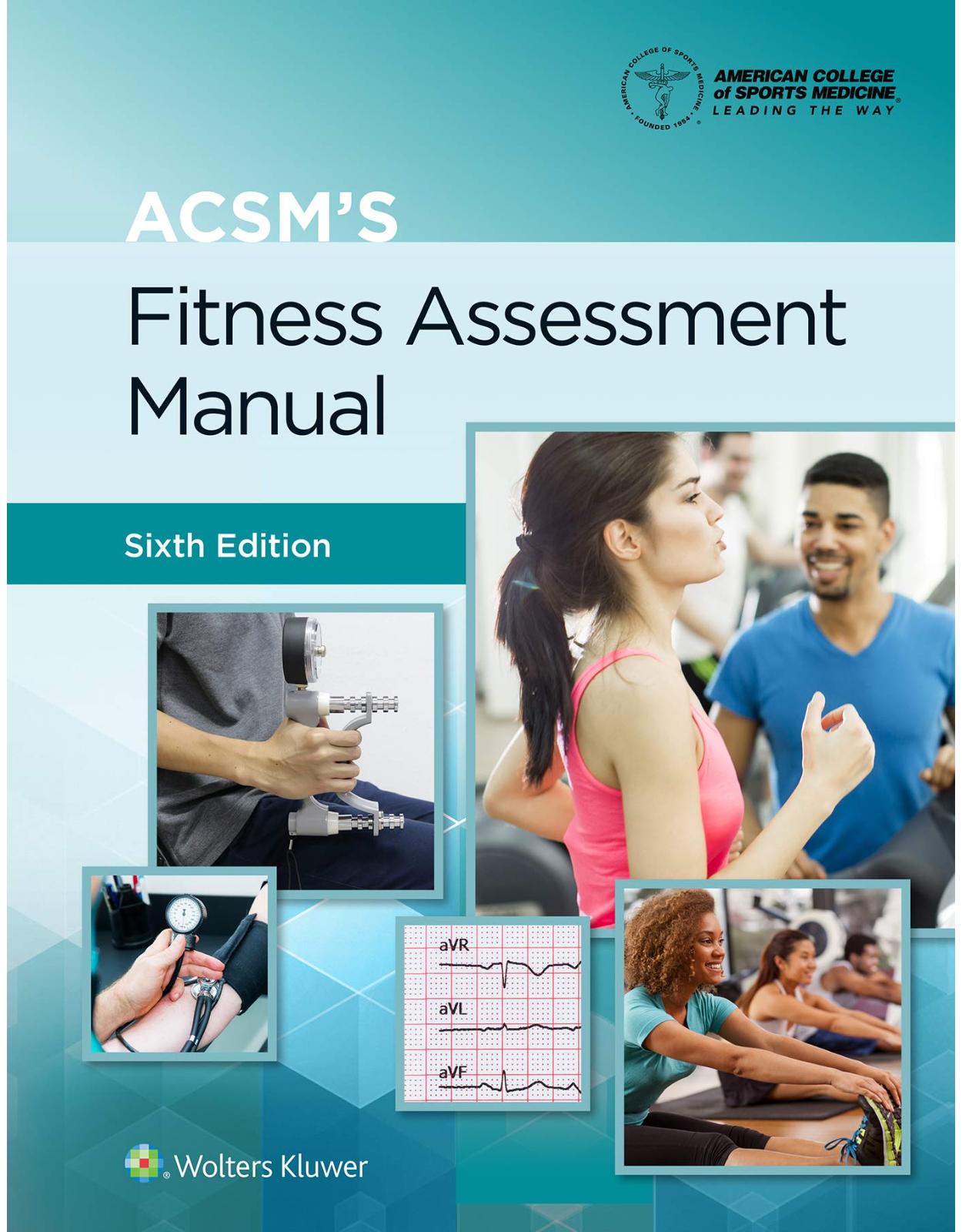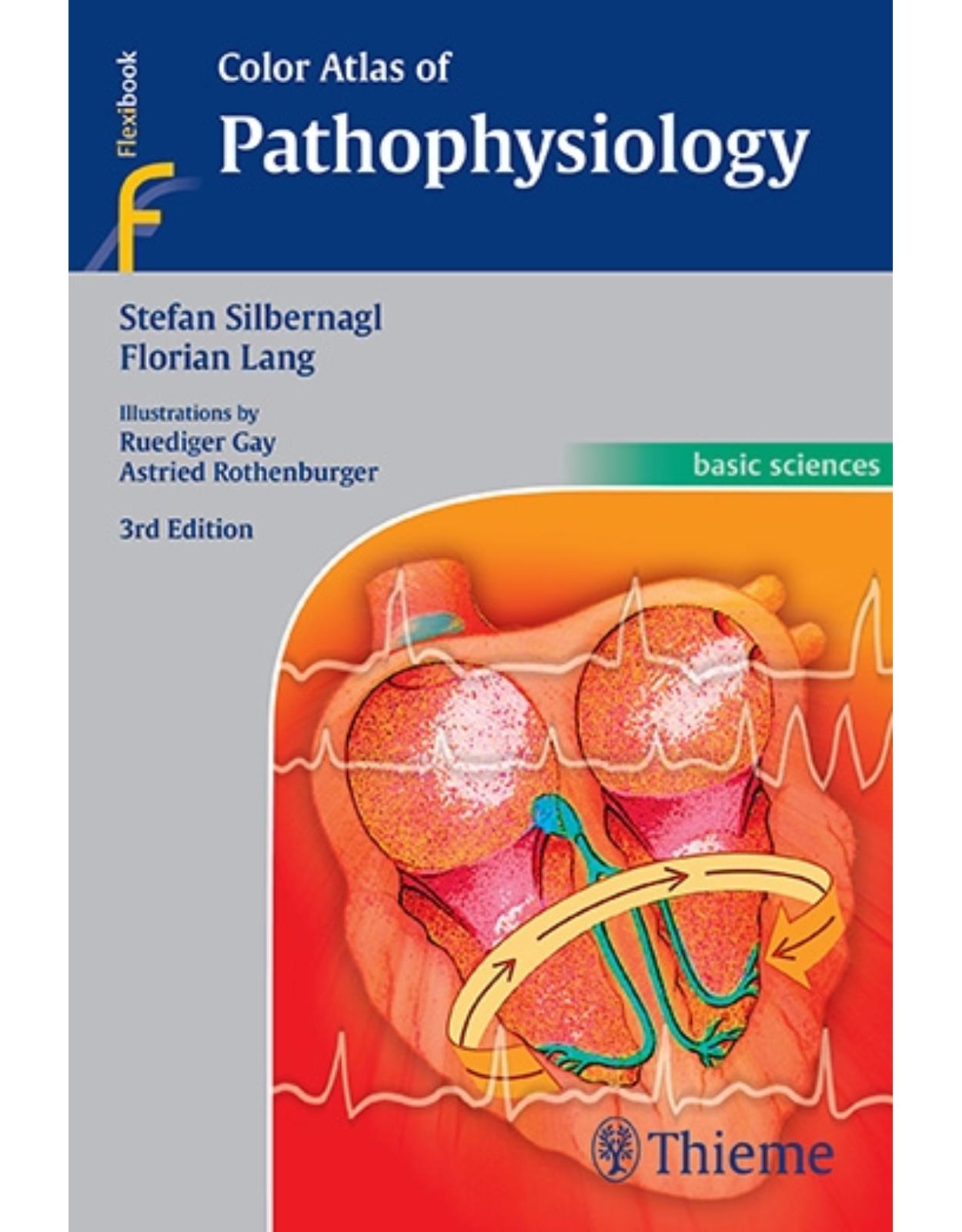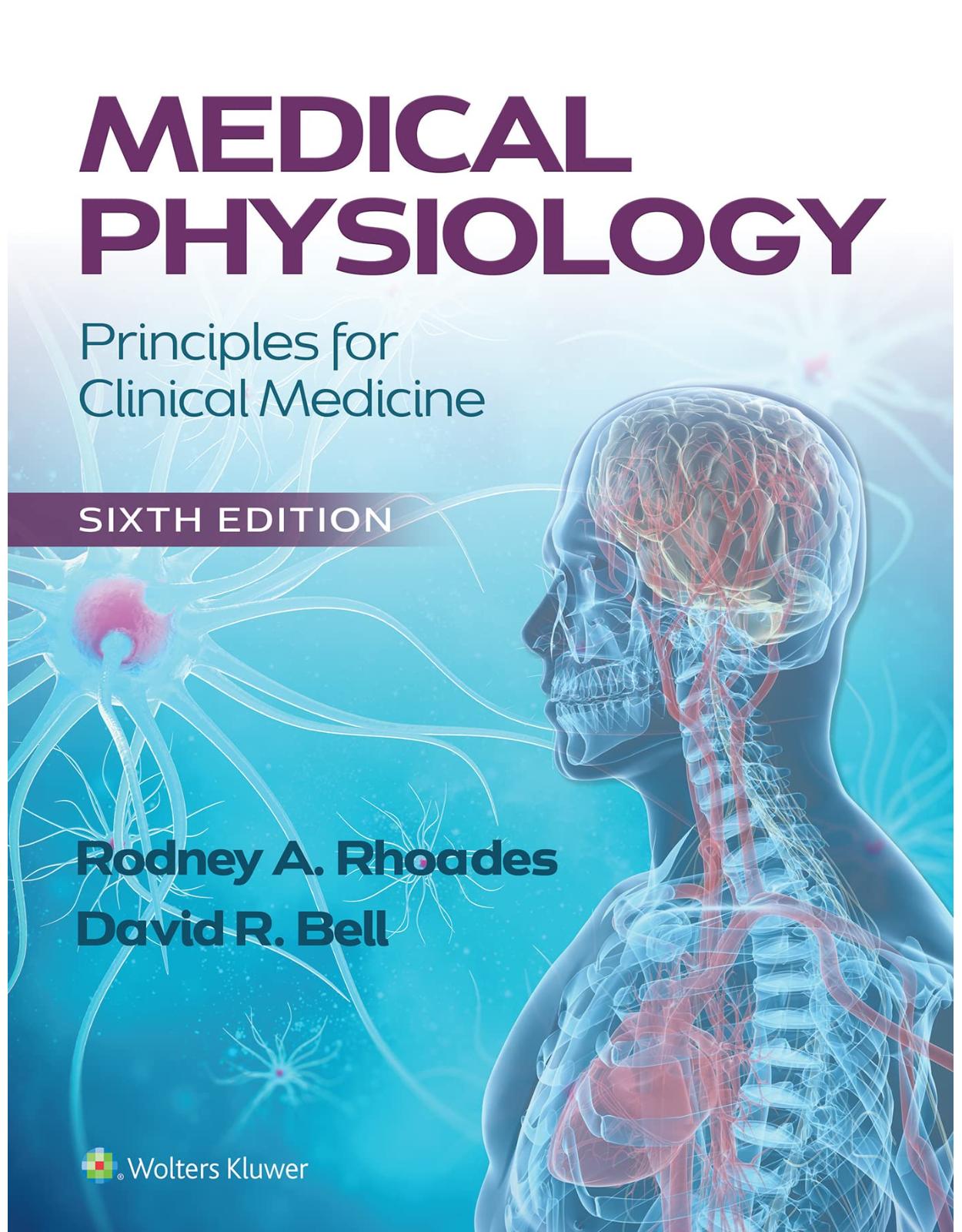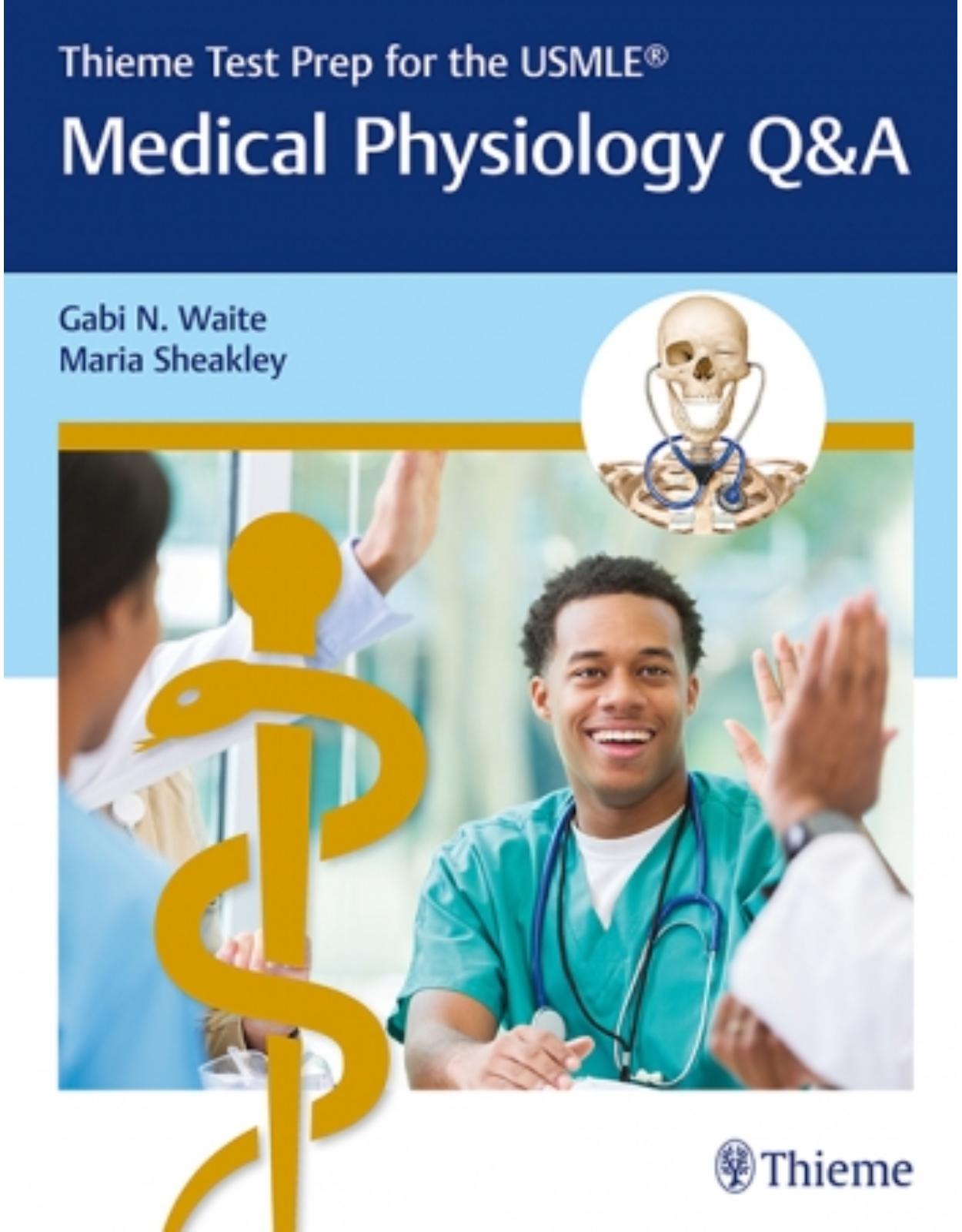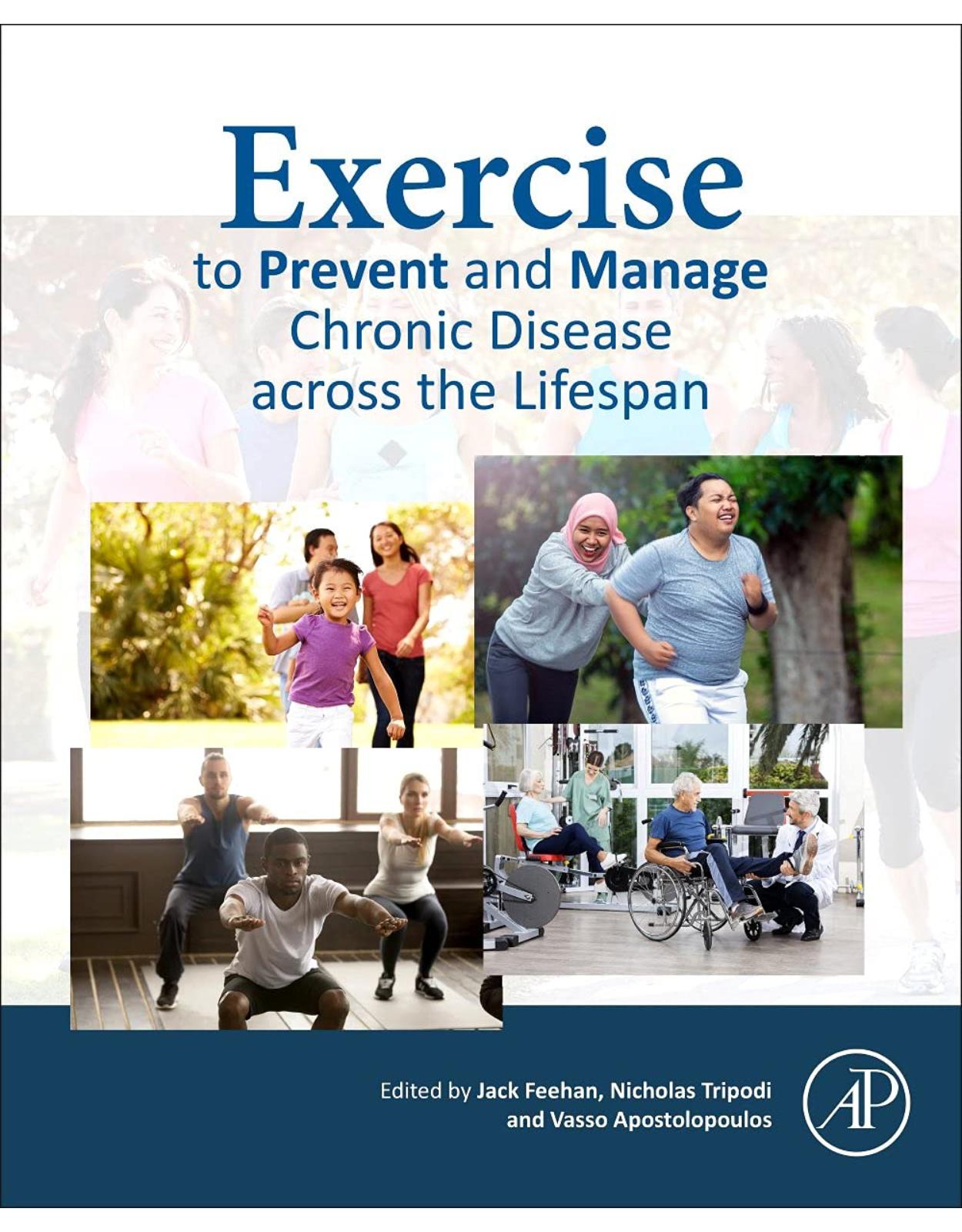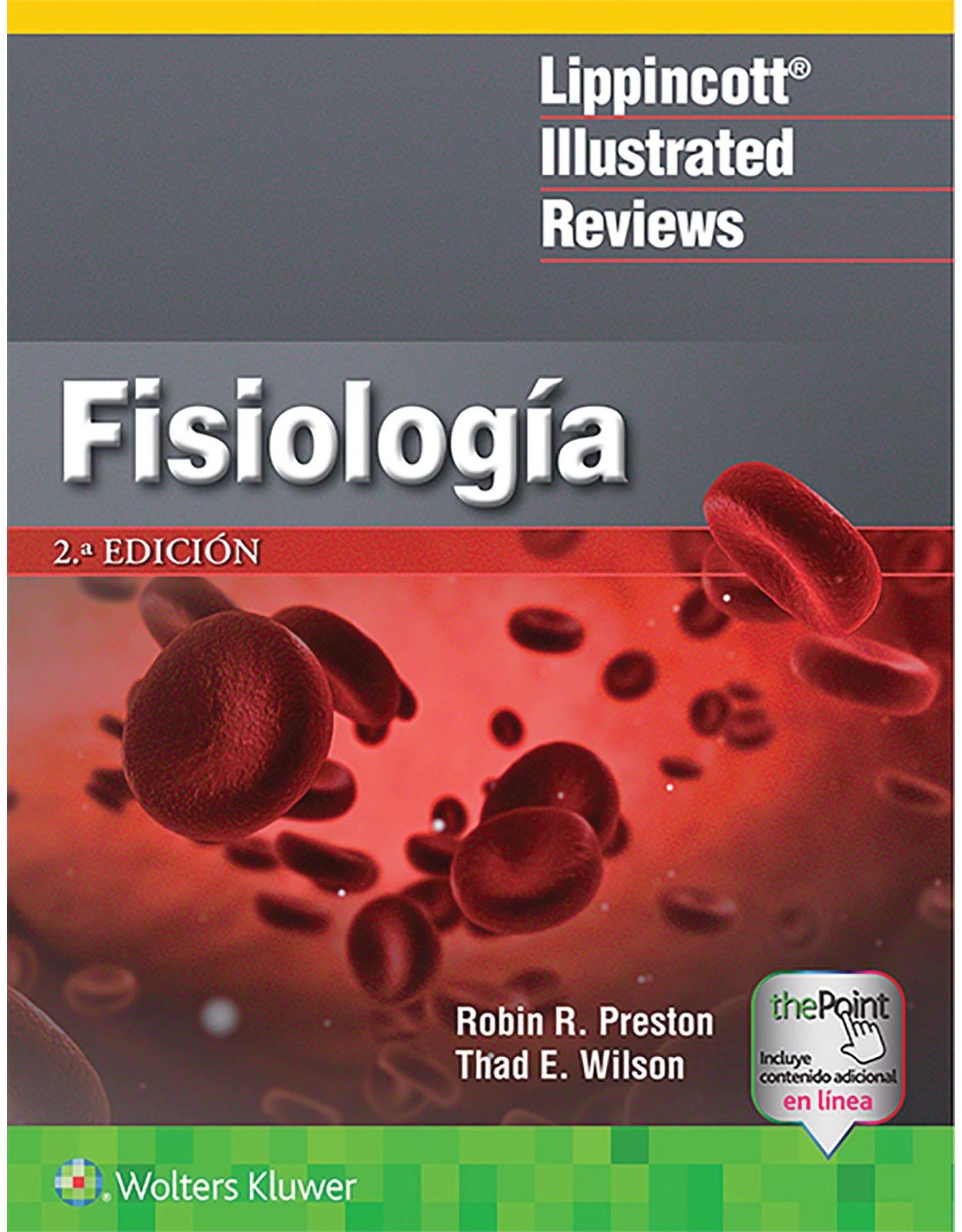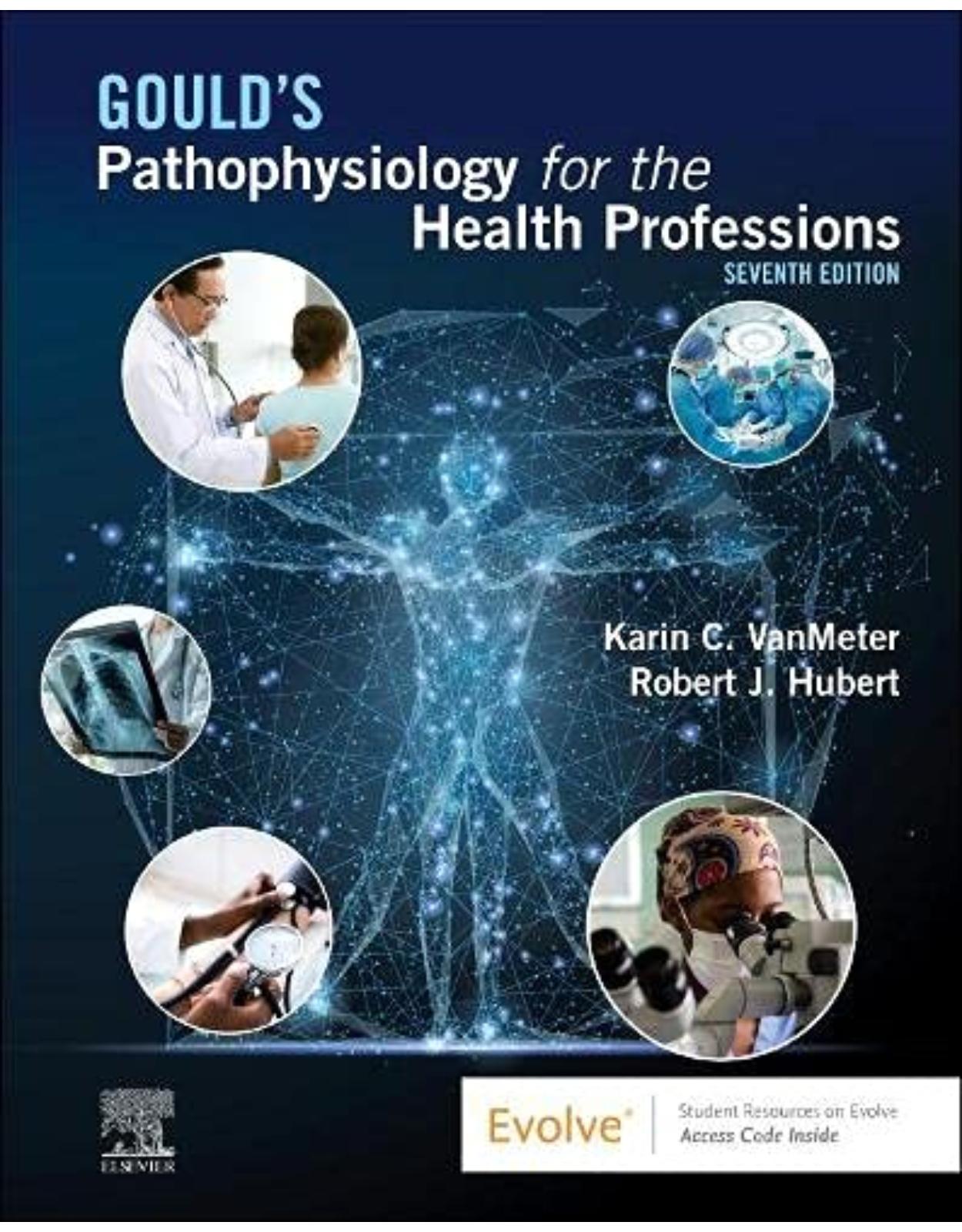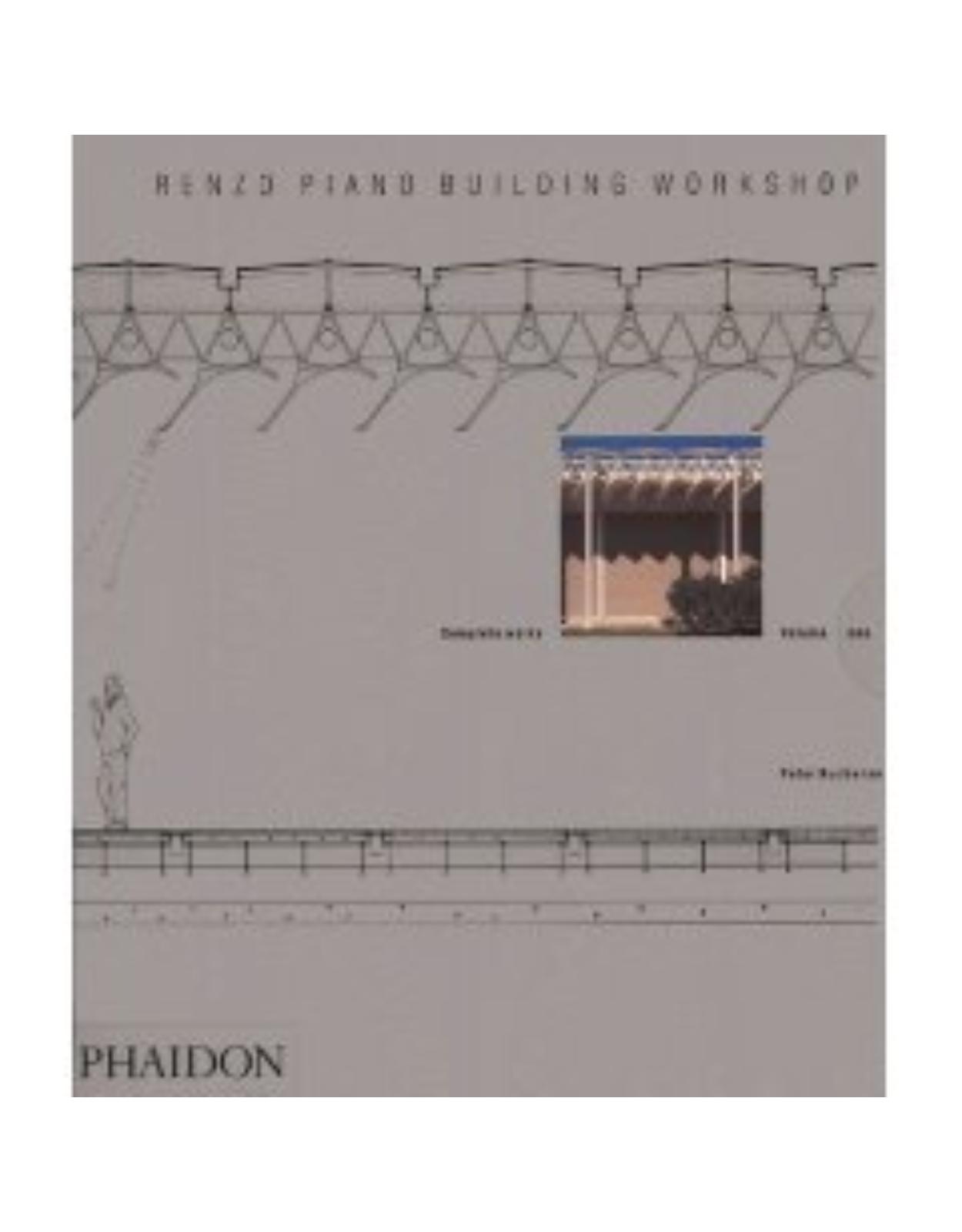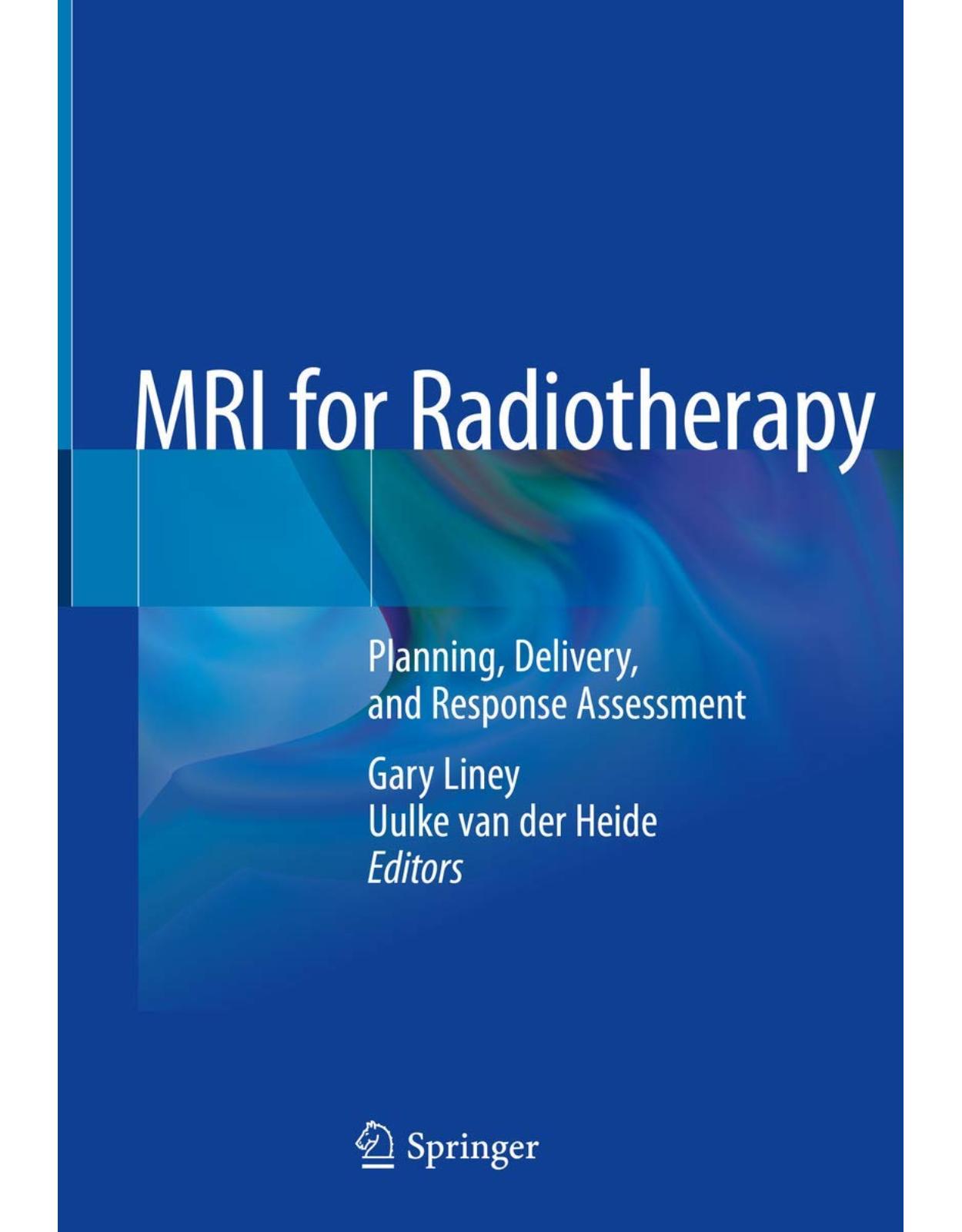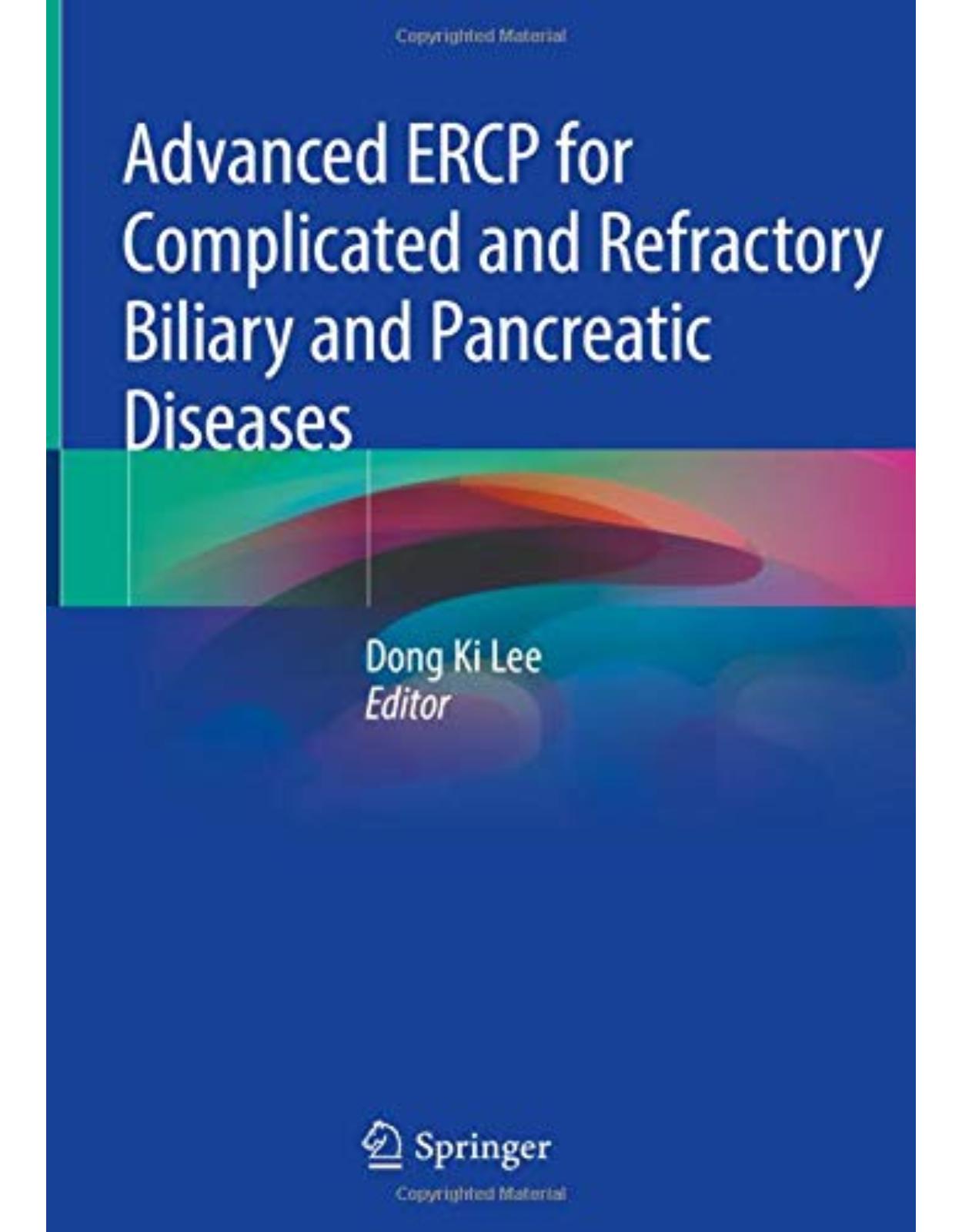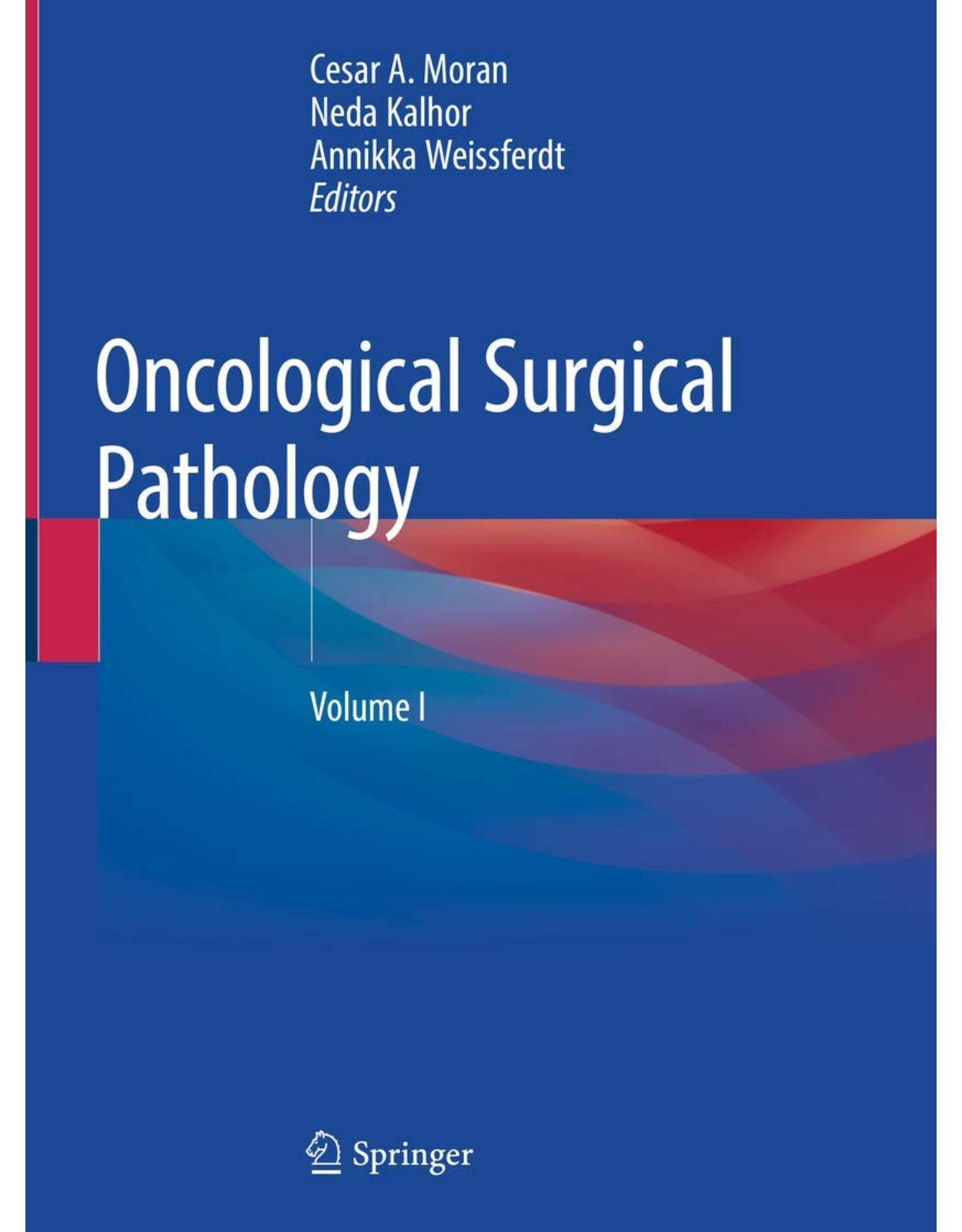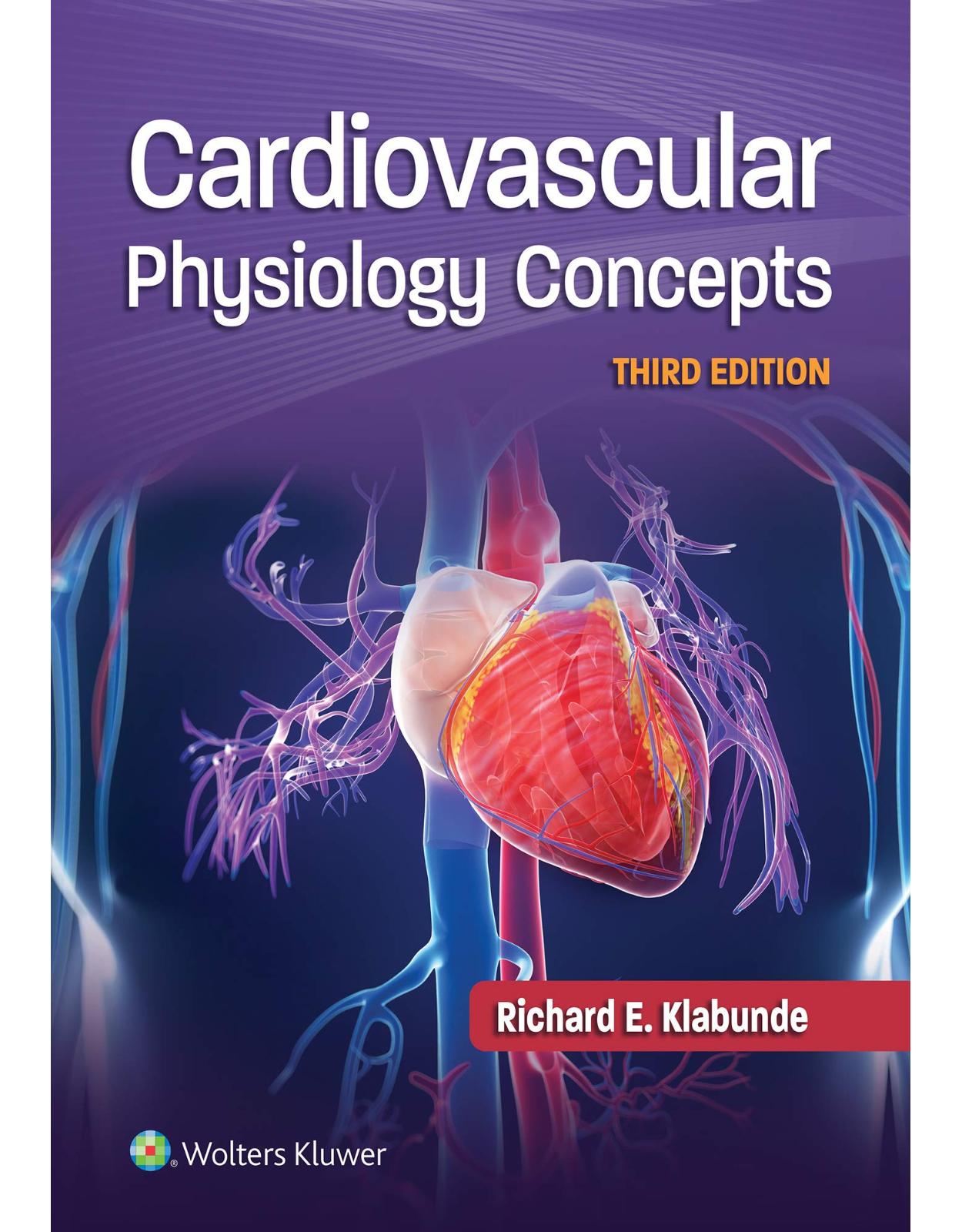
Cardiovascular Physiology Concepts
Livrare gratis la comenzi peste 500 RON. Pentru celelalte comenzi livrarea este 20 RON.
Disponibilitate: La comanda in aproximativ 4 saptamani
Autor: Dr. Richard E. Klabunde PhD
Editura: LWW
Limba: Engleza
Nr. pagini: 280
Coperta: Paperback
Dimensiuni: 17.78 x 25.4 cm
An aparitie: 18 Mar. 2021
Description:
Praised for its concise coverage, this highly accessible monograph lays a foundation for understanding the underlying concepts of normal cardiovascular function and offers a welcome alternative to a more mechanistically oriented approach or an encyclopedic physiology text. Clear explanations, ample illustrations and engaging clinical cases and problems provide the perfect guidance for self-directed learning and prepare you to excel in clinical practice.
Table of Contents:
1 Introduction to the Cardiovascular System
THE NEED FOR A CIRCULATORY SYSTEM
THE ARRANGEMENT OF THE CARDIOVASCULAR SYSTEM
THE FUNCTIONS OF THE HEART AND BLOOD VESSELS
Heart
Vascular System
Interdependence of Circulatory and Organ Function
THE REGULATION OF CARDIAC AND VASCULAR FUNCTION
THE CONTENT OF THE FOLLOWING CHAPTERS
SUMMARY OF IMPORTANT CONCEPTS
CHAPTER 1: MULTIPLE CHOICE QUESTIONS
2 Cellular Structure and Function
CARDIAC CELL STRUCTURE AND FUNCTION
Myocytes and Sarcomeres
Excitation–Contraction Coupling
Regulation of Contraction (Inotropy)
Regulation of Relaxation (Lusitropy)
Cardiac Myocyte Metabolism
VASCULAR STRUCTURE AND FUNCTION
Vascular Smooth Muscle Cells
Vascular Endothelial Cells
SUMMARY OF IMPORTANT CONCEPTS
ANSWERS TO PROBLEMS AND CASES
SUGGESTED RESOURCES
CHAPTER 2: MULTIPLE CHOICE QUESTIONS
3 Electrical Activity of the Heart
Cell Membrane Potentials
Resting Membrane Potentials
Maintenance of Ionic Gradients
Ion Channels
Action Potentials
Arrhythmias Caused by Abnormal Action Potential Generation
Conduction of Action Potentials within the Heart
Electrical Conduction within the Heart
Regulation of Conduction Velocity
Abnormal Conduction
Tachycardia Caused by Reentry
The Electrocardiogram
ECG Tracing
Interpretation of Normal and Abnormal Cardiac Rhythms from the ECG
Volume Conductor Principles and ECG Rules of Interpretation
ECG Leads: Placement of Recording Electrodes
Electrophysiological Changes during Cardiac Ischemia
Summary of Important Concepts
ANSWERS TO PROBLEMS AND CASES
SUGGESTED RESOURCES
CHAPTER 3: MULTIPLE CHOICE QUESTIONS
4 Cardiac Function
CARDIAC ANATOMY
Functional Anatomy of the Heart
Autonomic Innervation
THE CARDIAC CYCLE
Cardiac Cycle Diagram
Phase 1. Atrial Systole
Phase 2. Isovolumetric Contraction
Phase 3. Rapid Ejection
Phase 4. Reduced Ejection
Phase 5. Isovolumetric Relaxation
Phase 6. Rapid Filling
Phase 7. Reduced Filling
Summary of Intracardiac Pressures
Ventricular Pressure–Volume Relationship
CARDIAC OUTPUT
Measurement of Cardiac Output
Influence of Heart Rate and Stroke Volume on Cardiac Output
EFFECTS OF PRELOAD ON STROKE VOLUME
Effects of Ventricular Compliance on Preload
Effects of Preload on Tension Development (Length–Tension Relationship)
Effects of Venous Return on Stroke Volume (Frank-Starling Mechanism)
Summary of Effects of Increase Preload on Cardiac Muscle Mechanics and Ventricular Function
Factors Determining Ventricular Preload
EFFECTS OF AFTERLOAD ON STROKE VOLUME
Effects of Afterload on the Velocity of Fiber Shortening (Force–Velocity Relationship)
Effects of Afterload on Frank-Starling Curves
Effects of Afterload on Pressure–Volume Loops
Summary of Effects of Increased Afterload on Cardiac Muscle Mechanics and Ventricular Function
EFFECTS OF INOTROPY ON STROKE VOLUME
Effects of Inotropy on Length-Tension Relationship
Effects of Inotropy on Force–Velocity Relationship
Effects of Inotropy on Frank-Starling Curves
Effects of Inotropy on Pressure–Volume Loops
Summary of Effects of Increased Inotropy on Cardiac Muscle Mechanics and Ventricular Function
Factors Influencing Inotropic State
Cellular Mechanisms of Inotropy
INTERDEPENDENCE OF PRELOAD, AFTERLOAD, AND INOTROPY
MYOCARDIAL OXYGEN CONSUMPTION
How Myocardial Oxygen Consumption Is Determined
Factors Influencing Myocardial Oxygen Consumption
SUMMARY OF IMPORTANT CONCEPTS
ANSWERS TO PROBLEMS AND CASES
SUGGESTED RESOURCES
CHAPTER 4: MULTIPLE CHOICE QUESTIONS
5 Vascular Function
ANATOMY AND FUNCTION
Vascular Network
Distribution of Pressures and Volumes
ARTERIAL BLOOD PRESSURE
Mean Arterial Pressure
Aortic Pulse Pressure
HEMODYNAMICS (PRESSURE, FLOW, AND RESISTANCE)
Effects of Vessel Length, Radius, and Blood Viscosity on Resistance to Blood Flow
Laminar Versus Turbulent Flow
Series and Parallel Arrangement of the Vasculature
REGULATION OF SYSTEMIC VASCULAR RESISTANCE
Calculation of Systemic Vascular Resistance
Vascular Tone
VENOUS BLOOD PRESSURE
Venous Blood Volume and Compliance
Mechanical Factors Affecting Central Venous Pressure and Venous Return
Summary of Factors Affecting Central Venous Pressure
VENOUS RETURN AND CARDIAC OUTPUT
The Balance between Venous Return and Cardiac Output
Systemic Vascular Function Curves
Cardiac Function Curves
Interactions Between Cardiac and Systemic Vascular Function Curves
SUMMARY OF IMPORTANT CONCEPTS
ANSWERS TO PROBLEMS AND CASES
SUGGESTED RESOURCES
CHAPTER 5: MULTIPLE CHOICE QUESTIONS
6 Neurohumoral Control of the Heart and Circulation
AUTONOMIC NEURAL CONTROL
Autonomic Innervation of the Heart and Vasculature
Baroreceptor Feedback Regulation of Arterial Pressure
Chemoreceptors
Other Autonomic Reflexes Affecting the Heart and Circulation
HUMORAL CONTROL
Circulating Catecholamines
Renin–Angiotensin–Aldosterone System
Natriuretic Peptides
Vasopressin (Antidiuretic Hormone)
INTEGRATION OF NEUROHUMORAL MECHANISMS
SUMMARY OF IMPORTANT CONCEPTS
ANSWERS TO PROBLEMS AND CASES
SUGGESTED RESOURCES
CHAPTER 6: MULTIPLE CHOICE QUESTIONS
7 Organ Blood Flow
DISTRIBUTION OF CARDIAC OUTPUT
LOCAL REGULATION OF BLOOD FLOW
Tissue Factors
Endothelial Factors
Smooth Muscle (Myogenic) Mechanisms
Extravascular Compression
Autoregulation of Blood Flow
Reactive and Active Hyperemia
SPECIAL CIRCULATIONS
Coronary Circulation
Cerebral Circulation
Skeletal Muscle Circulation
Cutaneous Circulation
Splanchnic Circulation
Renal Circulation
Pulmonary Circulation
Summary of Special Circulations
SUMMARY OF IMPORTANT CONCEPTS
ANSWERS TO PROBLEMS AND CASES
SUGGESTED RESOURCES
CHAPTER 7: MULTIPLE CHOICE QUESTIONS
8 Exchange Function of the Microcirculation
MECHANISMS OF EXCHANGE
Diffusion
Bulk Flow
Vesicular and Active Transport
EXCHANGE OF OXYGEN AND CARBON DIOXIDE
Oxygen Diffusion
Oxygen Delivery and Extraction
Carbon Dioxide Diffusion
TRANSCAPILLARY FLUID EXCHANGE
Physical Mechanisms Governing Fluid Exchange
Capillary Exchange Model
EDEMA FORMATION
SUMMARY OF IMPORTANT CONCEPTS
ANSWERS TO PROBLEMS AND CASES
SUGGESTED RESOURCES
CHAPTER 8: MULTIPLE CHOICE QUESTIONS
9 Cardiovascular Integration, Adaptation, and Pathophysiology
CARDIOVASCULAR RESPONSES TO EXERCISE
Mechanisms Involved in Cardiovascular Response to Exercise
Steady-State Changes in Cardiovascular Function during Exercise
Factors Influencing Cardiovascular Response to Exercise
PERIPHERAL VASCULAR DISEASE
Hemodynamics of Peripheral Artery Disease in the Leg
MATERNAL CHANGES IN CARDIOVASCULAR FUNCTION DURING PREGNANCY
FETAL CIRCULATION AND CHANGES AT BIRTH
HYPOTENSION AND SHOCK
Causes of Hypotension
Circulatory Shock
Compensatory Mechanisms during Hypotension
Decompensatory Mechanisms Following Severe and Prolonged Hypotension
Physiologic Basis for Therapeutic Intervention
HYPERTENSION
Essential (Primary) Hypertension
Secondary Hypertension
Physiologic Basis for Therapeutic Intervention
HEART FAILURE
Causes of Heart Failure
Systolic versus Diastolic Dysfunction
Systemic Compensatory Mechanisms in Heart Failure
Exercise Limitations Imposed by Heart Failure
Physiologic Basis for Therapeutic Intervention
VALVE DISEASE
Valve Stenosis
Valve Regurgitation
SUMMARY OF IMPORTANT CONCEPTS
ANSWERS TO CASES
SUGGESTED RESOURCES
CHAPTER 9: MULTIPLE CHOICE QUESTIONS
Index
| An aparitie | 18 Mar. 2021 |
| Autor | Dr. Richard E. Klabunde PhD |
| Dimensiuni | 17.78 x 25.4 cm |
| Editura | LWW |
| Format | Paperback |
| ISBN | 9781975150075 |
| Limba | Engleza |
| Nr pag | 280 |

